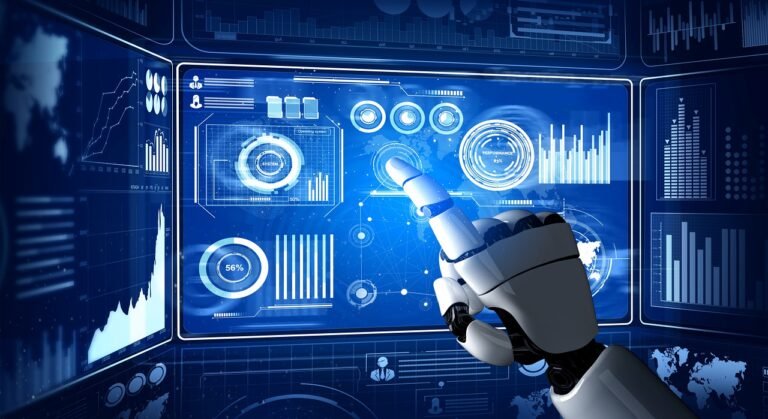
The early history of robotics
The word robot is expanded upon in the term robotics. The word was originally used in 1920 by Czech playwright Karel Capek in his play Rossum’s Universal Robots.
But according to Oxford English Dictionary, Isaac Asimov, a science fiction writer, is credited with coining the phrase in the 1940s.
Three guiding principles for the conduct of intelligent machines and autonomous robots were put forth by Asimov in his narrative.
Today, Asimov’s Three Laws of Robotics are still relevant:
Robots must never inflict harm on people.
Robots must comply with human directions while abiding by Rule 1.
Robots must be able to protect themselves while abiding by all other Rules.
Robotics applications
Industrial robots and various other robots are utilized nowadays to carry out monotonous tasks. They could appear as standard humanoid robots, robotic exoskeletons, or robotic arms.
Manufacturers and warehouses, including those owned by Amazon, Devol, Best Buy, and others, use industrial robots and robot arms.
A robot or robotic system’s actions are guided by a combination of computer programming and algorithms, a remotely controlled manipulator, actuators, control systems — action, processing, perception — real-time sensors, and an element of automation.
Machine learning in robotics
Machine learning and robotics intersect in a field known as robot learning. Robot learning studies techniques that enable a robot to acquire new knowledge or skills through machine learning algorithms.
Robot learning has been used for various tasks, including handling items, categorizing objects, and even interacting linguistically with a human peer. Learning can occur through self-discovery or with the help of a human operator.
Intelligent robots must gather knowledge from human input or sensors to learn. The processing unit of the robot will then compare the recently acquired data to information that has already been recorded and forecast the best course of action based on the data it has acquired.
It’s crucial to realize that a robot can only handle the tasks for which it was designed. It lacks the capacity for general analysis.
You can also view and read our other article related to data science, big data, and their implementation here:


